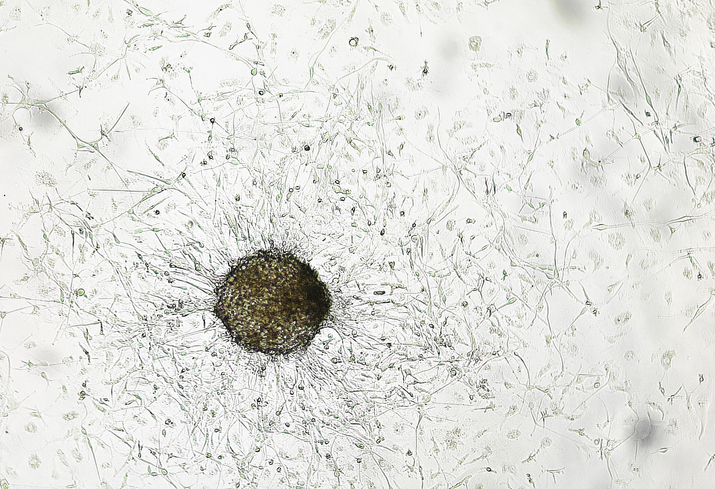
According to a report, published in the Journal of Contemporary Brachytherapy, patients with gynecologic malignancies that recur after irradiation have limited follow-up treatment options. Investigators, led by Naoya Murakami, evaluated re-irradiation with image-guided high-dose-rate brachytherapy (IG-HDR-BT) in patients with a history of pelvic irradiation and concluded that, “if the recurrent disease was found in small size and there was no history of bevacizumab usage, re-irradiation with IG-HDR-BT could be considered, even in patients with a previous history of pelvic irradiation.”
However, given certain toxicities observed in the trial, the authors also advised that “bevacizumab might better be avoided not to develop late severe radiation-related toxicities,” in patients with cervical cancer with pelvic recurrence undergoing re-irradiation with IG-HDR-BT.
The retrospective analysis enrolled a total of 37 patients, the primary tumor of which was uterine cervical cancer in 31 patients, endometrial cancer in five patients, and vaginal cancer in one patient. All patients had previously received irradiation therapy, and subsequently underwent re-irradiation using IG-HDR-BT to manage disease recurrence.
According to the report, the median follow-up period for patients who were alive at the final analysis timepoint was 15.4 months (range: 4.1–61.4 months). Among the patients, the two-year overall survival rate was 68.9%, progression-free survival rate was 49.3%, and controlled local disease rate was 67.5%. However, severe toxicities related to re-irradiation of grade III or higher occurred in nine patients (24.3%). Further, the use of bevacizumab over the entire course of treatment was associated with development of late grade III or higher adverse events (AEs) including fistula formation, bowel perforation, or vaginal ulcer (50% vs. 6.9%; p = 0.013). Lastly, tumor size of 2.5 cm or higher was associated with development of late grade III or higher rectal, bladder, or vaginal toxicities (0% vs. 28%; p = 0.047).
Overall, in the context of IG-HDR-BT re-irradiation the authors advanced the following guideline: “Pelvic recurrence without regional lymph node metastasis, with largest diameter of less than 2.5 cm can be considered for re-irradiation incorporating spacer gel injection, even in patients with a history of pelvic irradiation.”







 © 2025 Mashup Media, LLC, a Formedics Property. All Rights Reserved.
© 2025 Mashup Media, LLC, a Formedics Property. All Rights Reserved.